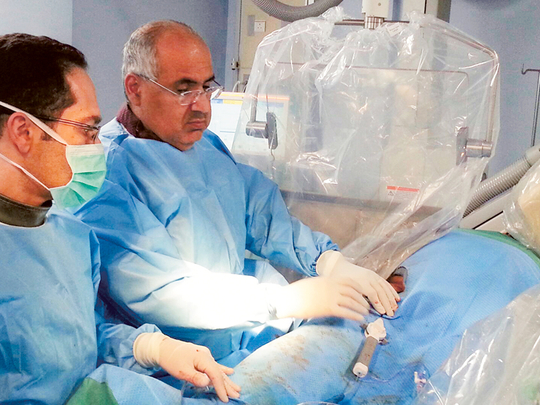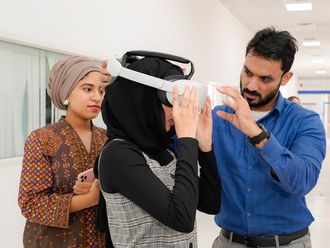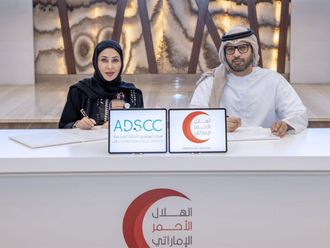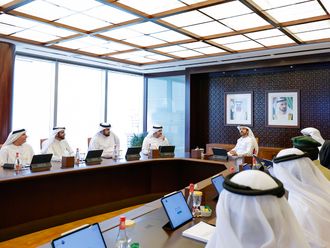
Sharjah: Al Qasimi Hospital in Sharjah has introduced a new procedure to perform heart operations, offering hope to thousands of cardiac patients.
The UAE is the first country in Asia using Miracor technology, Dr Arif Al Nooryani, executive director and consultant cardiologist at Al Qasimi Hospital, told Gulf News.
This technology is distinguished by its ability to reduce the impact of the stroke, which might affect the heart, by up to about 40 per cent. Such a technique was used for the first time in Asia, Dr Al Nooryani said
The medical team at the cardiology centre in Al Qasimi Hospital successfully conducted three heart surgeries on a 70-year-old Emirati and two Asians in their fifties using the new technology.
All the patients have been discharged from Al Qasimi Hospital after successful treatment.
Dr Al Nooryani said the medical team which conducted the operations is highly efficient. He pointed out that the patients can continue their lives normally and that their health condition is very stable.
The new technology Miracor, which is also called PISCO, is about a cultivation of a balloon in the coronary vein, during the catheterisation process. This allows the heart to absorb more oxygen which, in turn, reduces the amount of cell deaths effectively, and thus retains as much as possible of life of the remaining heart cells.
Dr Al Nooryani said the therapy aims to improve myocardial perfusion and cardiac function in patients with myocardial infarction by redistributing blood flow into the damaged area during PCI (primary percutaneous coronary intervention)
“Miracor medical system used to treat severe heart diseases, striving to bring back cardiac patients to normal life. Miracor develops and commercialises the PICSO (Pressure-controlled Intermittent Coronary Sinus Occlusion) Impulse System, a technology platform designed to improve clinical outcome of patients with impaired cardiac function,” Dr Al Nooryani explained.
How it works
The PICSO Impulse System consists of a balloon-tipped catheter and a driving console. The PICSO Impulse Catheter is inserted in a standard manner via the femoral vein and placed in the coronary sinus using a steerable guide sheath. Intermittent coronary sinus occlusion is controlled by the PICSO Impulse Console using the unique, proprietary Wien Algorithm which continuously monitors coronary sinus pressure dynamics and automatically sets the time of occlusion and release phases based on venous pressure.
“The catheter needs to stay in place for at least 90 minutes, which is what we are now anticipating as the treatment time-frame. Of course, you cannot have the patient wait on the table for 90 minutes, so the patient will transfer from the cath lab to the coronary care unit. He or she has to stay in a supine position, comparable to what is done with an intra-aortic balloon pump,” Dr Al Nooryani said.
Regarding the actual time for insertion of the system, Dr Al Nooryani said, “The mean value in the first patients was 12 minutes. We have had some variation; sometimes the anatomy is a little bit different such as the offset of the coronary sinus from the right atrium.”












